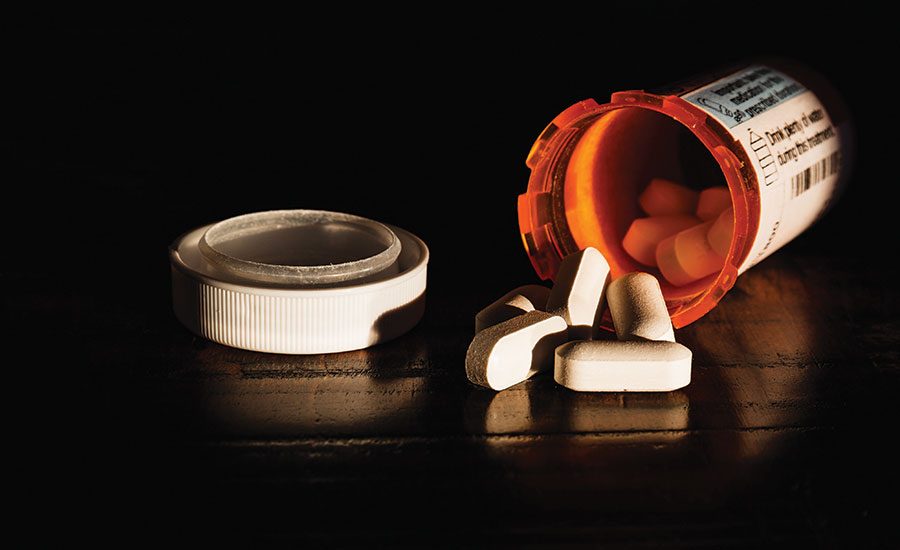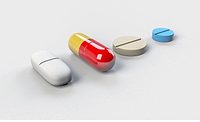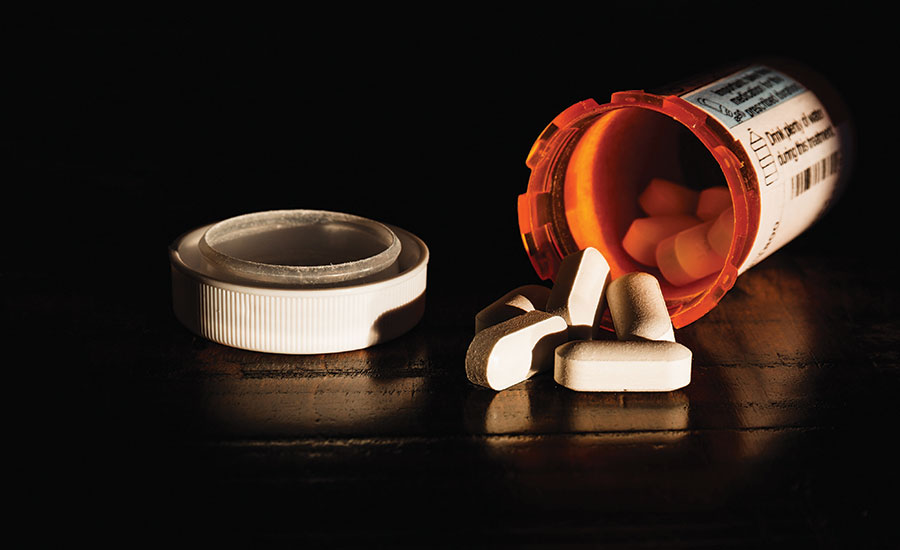Benchtop NMR - Identifying the Unknown in Forensic Drug Testing
Rapid detection and identification of illegal drugs is critical to further prevent the opioid epidemic.




Testing for illegal drugs is an ongoing battle. According to the United Nations Office on Drugs and Crime, there are approximately 100 new psychoactive substances (NPS) appearing at border checkpoints every year. The rapid detection and identification of these drugs is critical to prevent their widespread sale.
In recent years, death rates from drugs have ramped up to more than 40,000 a year in the US alone, reports the AddictionCenter. This ‘opioid epidemic’ specifically refers to the growing number of deaths and hospitalizations from opioids, including illicit drugs such as NPS. Drug overdose is now the leading cause of accidental death in the United States.
This presents significant challenges to the authorities. The main issue here is that testing relies on matching substances to libraries of known substances. NPS, however, are developed to mimic drugs, such as heroin and cannabis, and avoid detection through changing their molecular structure. This ‘camouflage’ removes the possibility of forensics testing finding a match to the recognized drug.
Police forces and criminal investigators need a new, accurate and, importantly, rapid way to track the unknown, as well as the known.
Identifying the Unknown
A key objective of analyzing suspect substances is to provide legally admissible evidence that proves a drug’s chemical make up. Materials are sent to a testing lab for identification and quantification, but providing unequivocal evidence is hampered by many issues.
MS Screening
Current drug testing relies mainly on mass spectrometry (MS) screening. This tried and trusted method produces reliable results, but quantification is limited by the need to compare the spectral peak of the unknown substance with a reference substance and to display a known peak in the vicinity. This is a compound-specific reference standard. Using this method, any mimic molecule will display different fractural patterns in analysis and will slip through the net.
NMR Methods
Nuclear magnetic resonance (NMR) spectroscopy systems are a well-established testing method in clinical research sectors, as well as in forensics at police, customs and border control labs. NMR can identify and quantify unknown substances without requiring a compound-specific reference. Its use is supported by a European Commission report, which states that, “The chemical identification of many unknown substances found by customs and suspected to be NPS requires the use of more sophisticated analytical techniques such as NMR […].”
The significant advantage of NMR in forensics applications is its ability to detect, identify and quantify unknown substances without needing a pre-qualified reference. On analysis, a mimic molecule is shown in the resulting spectrum with slight differences to a known substance. This new substance can be investigated further and added to the library for immediate matching and identification in the future.
High specification NMR systems are only accessible at major scientific centers and traditionally rely on highly trained staff to operate them. This, together with the high initial investment cost, as well as the total cost of ownership, has restricted the uptake of NMR.
Double Testing for Legal Admissibility
In most countries across the globe, a minimum of two orthogonal analytical methods must be used in drug testing to provide sufficient and admissible evidence. The goal is that the second method provides completely different selectivity from the first, in order to validate the findings. Using two entirely independent methods, however, can be both time consuming and resource-intensive and, in practice, this is often hard to carry out. For this reason, two library-based methods like MS and fourier-transform infrared (FT-IR) spectronomy are mostly used, and the results are widely accepted as proof of identification for known substances. Accurate quantification, however, remains a critical part of the process due to the need for compound specific reference material.
In the case of an NPS – or unknown substance – being identified and quantified, NMR plays a key role because it is independent of the availability of compound specific reference material. The growing occurrence of NPS and the fast increasing need for NMR testing, however, can cause substantial sample bottlenecks at central scientific hubs, which has an adverse impact on time-to-results.
Reducing Screening Time
The fast turnaround of NMR cuts screening time from days to minutes. In a situation where drugs have been seized, in any quantity, the paperwork needed to hold a suspect for the time it takes to identify and analyze the chemical composition of the drugs may well be prohibitive. Time-to-result for a benchtop NMR instrument to deliver a conclusive identification is dramatically shortened compared to conventional NMR analyses, where samples may need to be sent away to scientific hubs for testing. Any airport or police authority, for example, can now own a suite of benchtop NMR instruments to deliver routine screening results rapidly using the global database, without needing highly trained operators to run the test and interpret the findings.
Unlike traditional large-scale NMR instruments, benchtop models operate using a single plug socket, with no need to recharge with high maintenance cryogenics like helium. New benchtop NMR instruments offer a cryogen-free magnet design, making it accessible and cost effective for any lab to provide the definitive results unique to NMR analysis.
Database Maintenance
Organizations such as the European Monitoring Centre for Drugs and Drug Addiction (EMCDDA), the European Network of Forensic Science Institutes (ENFSI) and the Customs Laboratories European Network (CLEN) are driving the adoption of a global database of substances. The maintenance of this database plays an essential role in the fight against illegal trafficking of drugs.
Once a new substance is identified by NMR, anywhere in the world, its spectral data can be uploaded into a global database, from where any lab across the globe with a similar benchtop NMR instrument could identify and quantify that substance at the touch of a button, using spectral fingerprinting. Using MS alone would not be feasible, as this approach would require designing a deuterated species of the substance and making the reference compound available to any lab, which, at a rate of two new NPS a week, is simply not possible.
Centralized Integration
The true potential of NMR can be unlocked when full-sized instruments can be integrated with benchtop systems. Operators familiar with NMR software can take control of the benchtop system without needing additional training, and an inexperienced NMR user can benefit from push button interfaces and dedicated workflows.
Therefore, if an ambiguous sample identification is returned, NMR experts from a central scientific hub can log in to the system and help with parameter optimization and data processing issues in case both system using the same software interface and set of protocols for ease of use. This level of integration opens up exciting potential for global collaboration beyond the current drug library sharing – with the possibility of national workflow definitions and method harmonization, critical for evidence generation, with local users and the centralized control all working on the same system in real time.
Decentralizing NMR analysis to put an instrument in every drug testing center not only opens up the potential to dramatically scale-up throughput and deliver a faster time-to-result, but also frees up the centralized high specification laboratory instrument and operator expertise to work on more specialist testing.
The Future is Benchtop
With bodies like EMCDDA, stating one of their goals is to, “Increase the ability of forensic science and toxicology laboratories to identify new substances, […] which requires support for training, resources for testing, and a mechanism for production and sharing of analytical data, reference materials and expertise,” benchtop NMR instruments are well-placed to support the new substance testing, data sharing and reference library creation to support this objective.
Offering the same functionality as high specification NMR, benchtop NMR requires no specialist operation or installation and can be easily integrated into any laboratory to give a rapid, automated, easy-to-use and unrestricted method of drug screening that is accessible for widespread and practical use.
Looking for a reprint of this article?
From high-res PDFs to custom plaques, order your copy today!











